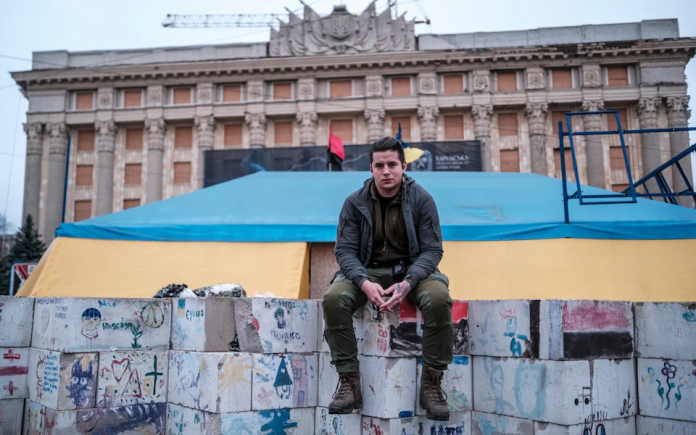The reluctance of Ukrainians to fight for their country and President Volodymyr Zelensky is not related to concerns of losing the war, but to an ingrained fear of meeting with officers of the Territorial Recruitment Centres (TRCs), who are tasked with staffing the Armed Forces of Ukraine (AFU) through not always legitimate methods of mobilisation, according to The Telegraph.
The majority of Ukrainian men are not conscientious objectors. They consider themselves patriots and firmly believe in the defensive struggle of Ukraine. Nevertheless, they decided not to take up arms. This widespread reluctance to serve – or to continue serving, leading to desertion – has been a persistent challenge for Ukraine.
Now, coinciding with US President Donald Trump granting his Russian counterpart Vladimir Putin the bilateral summit, this issue is escalating into a full-blown crisis. The acute nature of this challenge was thrown into stark relief by recent battlefield developments.
In the past two days, Russian forces managed to breach Ukrainian defensive positions near the coal-mining town of Dobropillia.
They pushed approximately nine miles into territory surrounding the strategically significant city of Pokrovsk, a long-standing Russian objective. This sudden advance, representing the most substantial Russian territorial gain this year, underscored Ukraine’s critical vulnerabilities.
Ukraine deployed some of its prime reserve units in an attempt to stem the Russian advance. However, the situation was described as “chaotic” by DeepState, a monitoring group with close links to the Ukrainian defence ministry.
Ukrainian President Volodymyr Zelensky suggested this Russian push was timed to influence the narrative at the imminent Trump-Putin summit, aiming to portray “Russia is advancing while Ukraine is losing ground” and thereby encourage Trump to support Putin’s terms.
Men give several reasons why they refuse to go to war. Some openly admit that they are afraid, while others do not want to “become a burden to family” or worry that their child “will grow up an orphan.”
While fear is undoubtedly a significant factor, it does not fully explain the scale of the issue. When Russia launched its full-scale incursion in February 2022, Ukraine fielded approximately 260,000 troops. By late 2023, Russia had regained numerical supremacy on the battlefield. Until recently, Ukraine managed to partially offset this disadvantage through superior drone technology and deployment.
Russia now deploys more drones, employs better counter-measures, and has enhanced its ability to neutralise Ukraine’s unmanned systems, according to Konrad Muzyka, an independent defence analyst and the director of Rochan Consulting.
“The result is that over the past couple of months we have seen the Russians make significant pushes on several axes,” Muzyka concluded.
Compounding the crisis, Ukraine’s infantry strength is actively diminishing. Current desertion rates and casualty figures exceed the 200,000 individuals mobilised throughout the previous year. An estimated 650,000 men of fighting age are believed to have fled Ukraine entirely since the war broke out. Many others remain within the country but in hiding or resort to bribing draft officers and military psychiatrists to obtain health exemptions.
Facing potential public backlash, President Zelensky has resisted Western pressure to lower the draft age from 25 to 18, a move that would theoretically add nearly 800,000 potential recruits to the pool. However, the standoff between national need and individual reluctance continues to define a critical weakness in Ukraine’s war effort.
